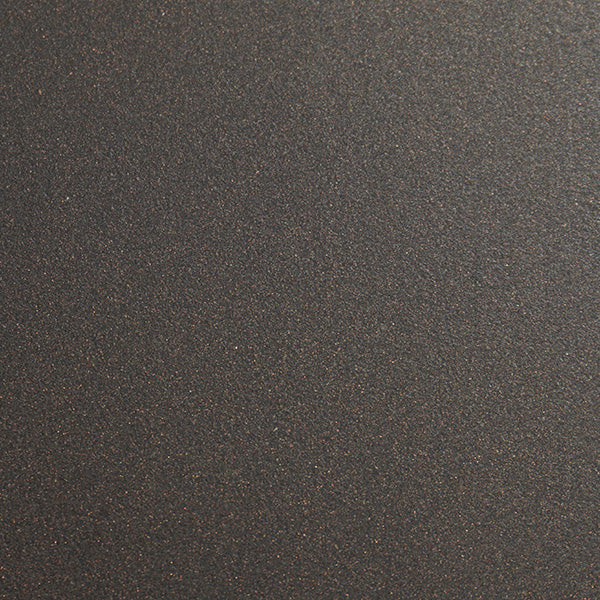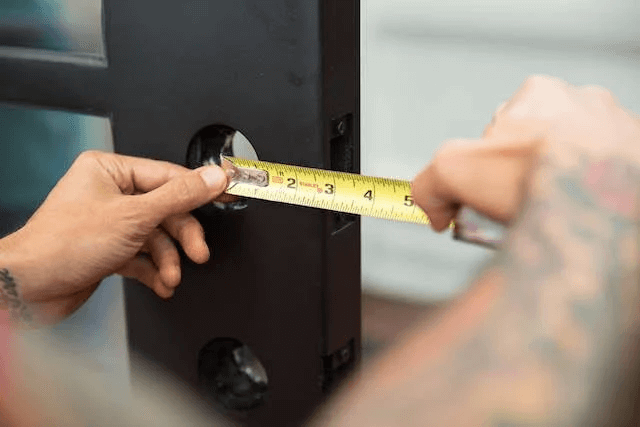
Oil Rubbed Bronze

Black

Heavy Bronze

Pewter

Silver Pewter
FINISH
- We use automotive paint to coat our doors.
- Galvanize spray is used to help provide greater protection against corrosion for the iron base. Primer and automotive paint is applied after the galvanizing spray process.
- Because all of our products are hand made and painted, color may differ a little from the photo. This ensures each order is one of a kind.



























